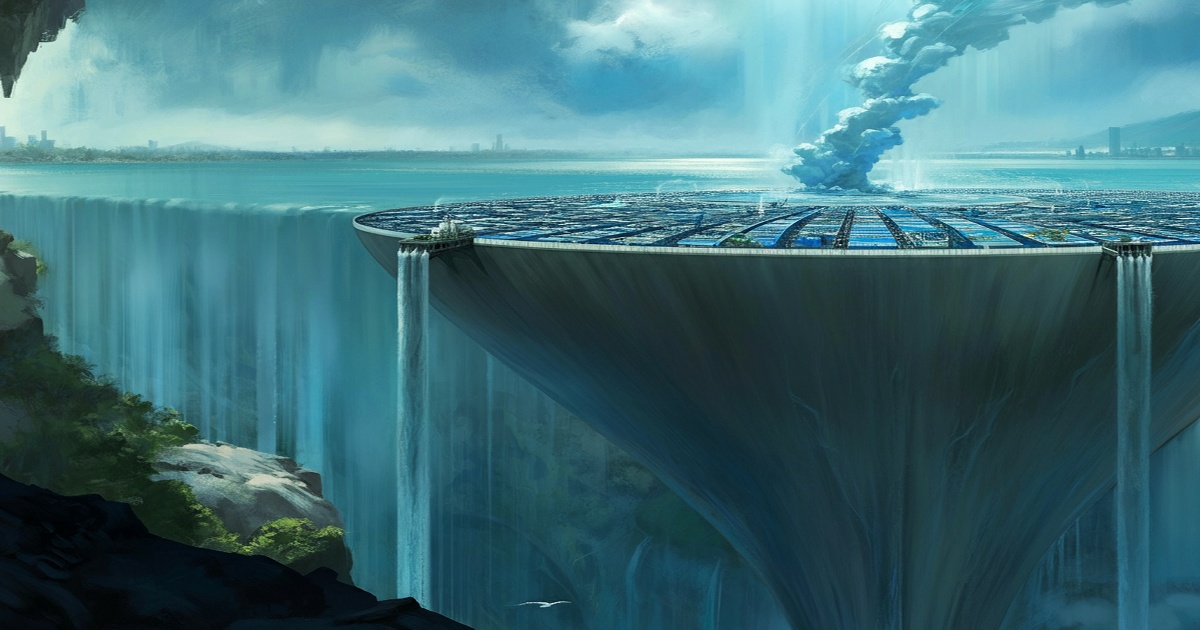The idea behind NAWAPA emerged in the mid-20th century as an engineering solution to North America’s uneven distribution of water. Scholars imagined using modern technology to redirect vast quantities of water—originally flowing toward the sparsely inhabited northern regions—to the drier, more populated southern parts of the continent. This radical plan envisioned harnessing water from sources in Alaska and the Canadian Arctic and mechanically delivering it to the U.S. Southwest and Mexico, thereby not only supporting hydroelectric power generation but also creating navigable waterways.
The proposal was audacious in its scale, requiring feats of engineering such as nuclear-powered excavation, massive earth-moving comparable to building thousands of Hoover Dams, and the construction of lengthy tunnels and new lakes. Despite its fascinating design, the plan was ultimately dismissed as impractical and overly expensive. The intricate NAWAPA documents are now part of the Smithsonian Institution’s archives, preserved as a testament to this grand yet unfulfilled vision.
Water scarcity has since become an increasingly pressing issue on the continent, leading to renewed discussions about large-scale water transfers. Political figures, including U.S. President Donald Trump, have echoed similar sentiments to those expressed in the NAWAPA study, emphasizing the need to address a continental water famine. These debates underscore that the challenges originally identified over 60 years ago remain acute today, with prolonged droughts and overuse of major water bodies intensifying concerns.
The history of water sharing between Canada and the U.S. provides context for these ongoing discussions. Treaties like the Boundary Waters Treaty of 1909 and cooperative management of the Great Lakes, the St. Lawrence River, and other major waterways illustrate the longstanding relationship between the two nations in managing shared water resources. However, proposals for transferring additional water have often met resistance; concerns arise that such measures could deplete Canadian resources and upset the delicate balance of regional food supplies and local economies.
Amid these challenges, some experts advocate for more measured approaches to water management. For instance, proposals to divert water from northern Quebec toward the St. Lawrence have been put forward as potentially cost-effective means to generate hydroelectricity and even create revenue through freshwater sales. Yet, the debate continues, with fears that failing to collaborate on water resource management might lead to unilateral measures imposed by one country over the other, escalating tensions over a resource that is becoming more precious with every passing year.







7 Comments
ytkonos
“The concept illustrates that water management doesn’t have to be passive; proactive, innovative engineering might just be what we need.”
lettlelenok
“This plan shows bold thinking and could spark necessary debates about innovative water management in an era of prolonged droughts.”
dedus mopedus
“The plan’s discussion of engineering marvels may seem radical, but sometimes solutions require extraordinary leaps to overcome mounting water issues.”
Marishka
“Using modern engineering to redistribute water could be key to sustaining communities in water-short regions – a true game changer.”
Pupsik
“Who would even fund such massive engineering feats? It seems more like science fiction than a viable policy proposal.”
Donatello
“Using existing water sources more effectively and generating hydroelectric power sounds like a responsible way to tackle both energy and water challenges.”
Leonardo
“While aspects of the project may be challenging, thinking big is essential if we’re going to confront the real problems of water scarcity in North America.”